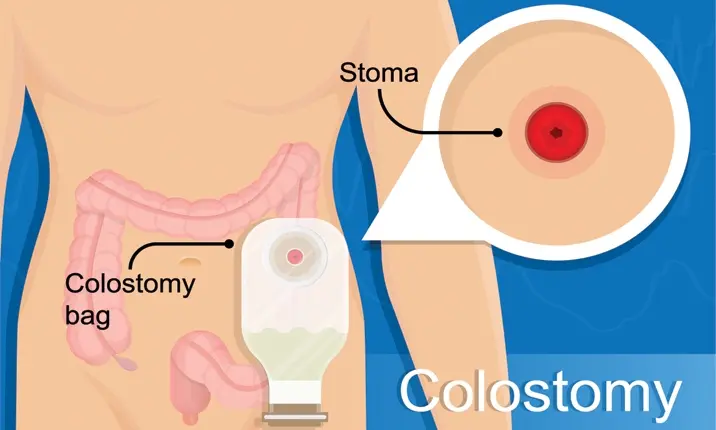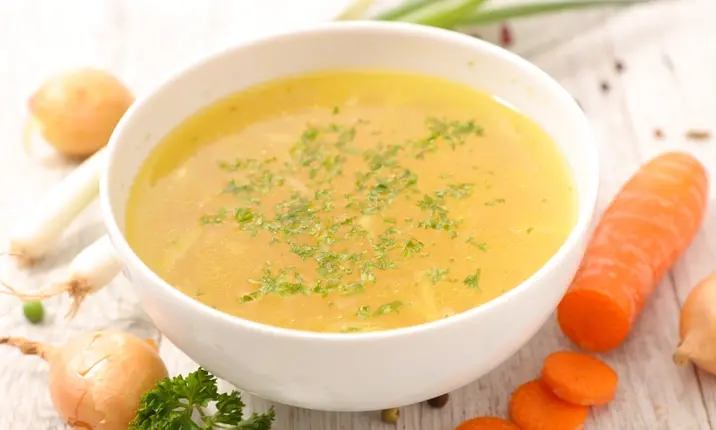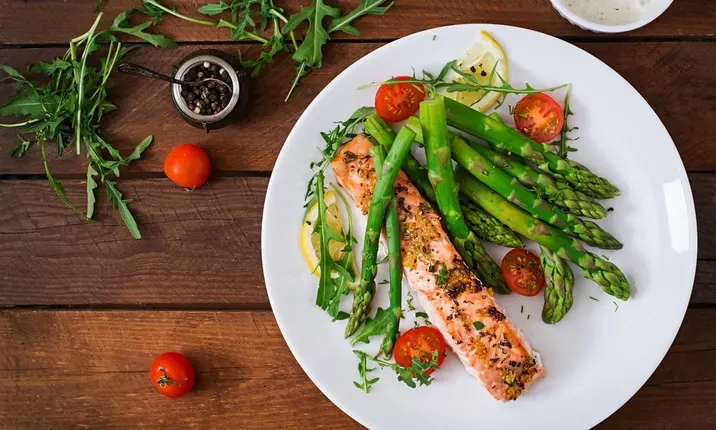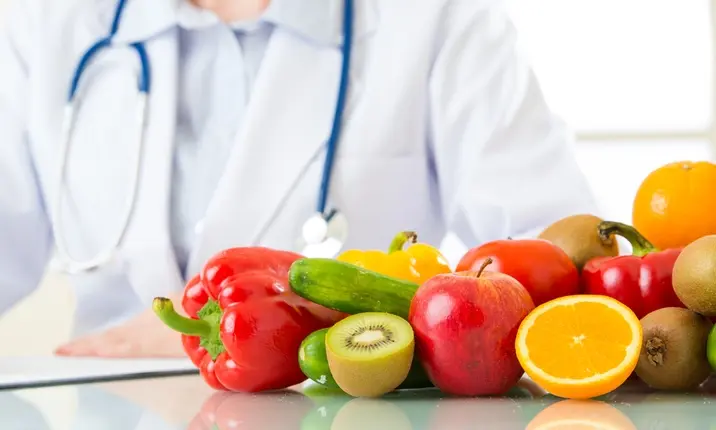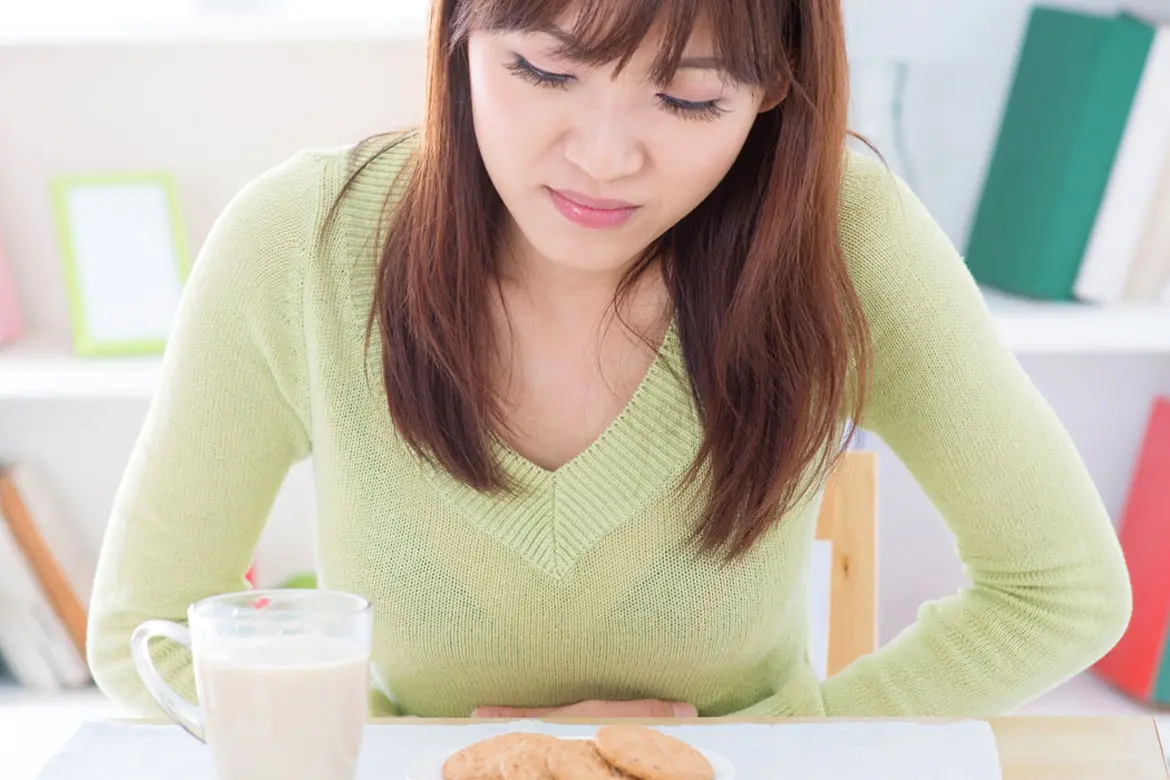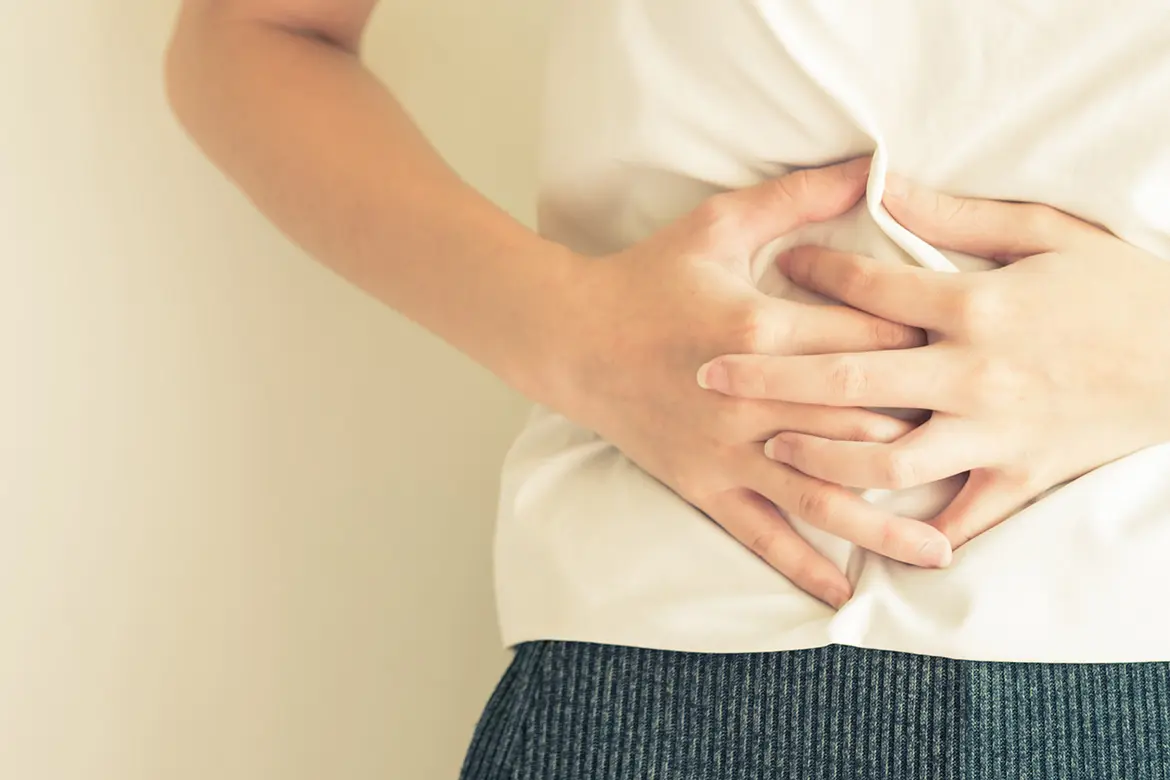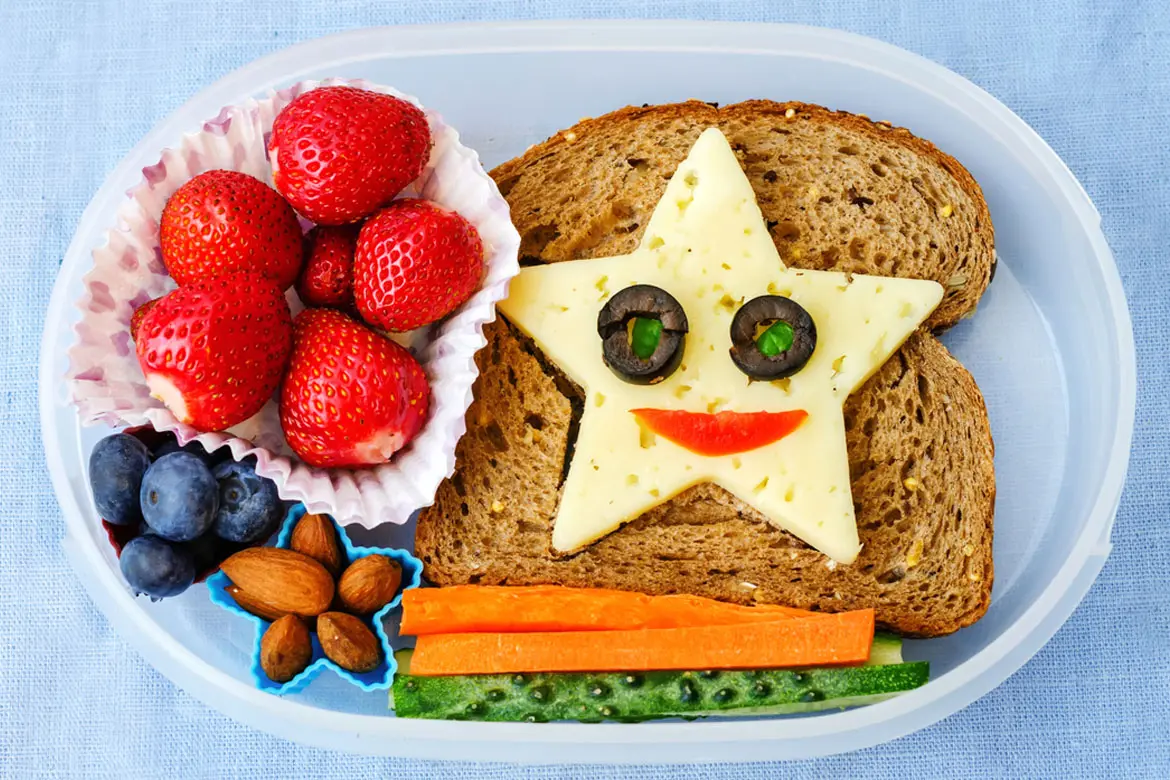

Source: Shutterstock
What to Eat When You Have a Stoma
Last updated: Monday, December 20, 2021 | 5 min reading time
Experts from Parkway East Hospital share advice on foods to eat when you have a stoma.
Stoma diet
Learning to adapt to life with a stoma can be challenging, both psychologically and physically. It can be overwhelming to find out that your lifestyle will be changing, even if it is temporary. But don't panic as help is at hand.
Fortunately, in most cases, only minor adjustments to your diet will be necessary after stoma surgery. You may still be able to eat some of your favourite foods and even travel and dine out with your friends.
Read on to find out which foods are safe, and which foods to avoid.
First thing's first – what is a stoma?
A stoma refers to a surgically created opening of the intestine that is brought onto the skin for the purpose of emptying stools.
You may require a stoma if you have problems with your bowels that require surgery, such as colorectal cancer or inflammatory bowel disease (IBD) where surgery is required in which part of the intestines have to be removed. The stoma is used to allow the remaining intestines to heal while allowing patients to continue eating after surgery.
During a stoma procedure, your doctor will create the stoma at an appropriate site of the intestine, before bringing it out and attaching it to the belly surface. Depending on the cause, this may not either be permanent or a temporary procedure that can later be reversed. This may involve the small intestine (ileostomy or jejunostomy) or large intestine (colostomy).
The stoma itself is usually small and pinkish-red, and not painful to touch. After the surgery, it will be covered by a discreet pouch that can collect your waste for easy disposal.
Your doctor and nurses will provide support, guidance and reassurance when it comes to living with and looking after your stoma.
What will my diet be after a stoma surgery?
In the first couple of weeks after getting your stoma, your body will still be in healing mode.
After the operation, you will begin with a liquid diet followed by a soft and low-fibre diet. Your doctor or dietitian will advise accordingly on when to start introducing solid food.
A high-fibre diet is not suitable after surgery, and fibre like all food groups should always be taken in moderation. Some people find that eating foods high in insoluble fibre (like wholegrain cereals, bran and certain vegetables) can be a bit painful during this time, as they make waste bulkier and therefore harder to pass. Foods containing soluble fibre (like banana and oats) should be easier to digest and may be a good option; however too much of these can also produce lots of gas from the stoma and bloating, which can be awkward and uncomfortable.
One should take note that waste from a small intestine stoma tends to be more watery while those from the large intestine tends to be more solid/formed. Unless your doctor has told you otherwise, you should be able to resume your normal diet between 4 – 6 weeks after the procedure. If you find your waste is too watery or too hard, see whether eating any of the following helps:
Too watery
- White rice
- Plain noodles/pasta
- Potatoes without skin
- Smooth peanut butter
- Apple sauce
Too hard
- Warm/hot drinks
- Fruits
- Vegetables
- Fruit juice
Remember to always eat foods in moderation as too much of any of the above foods is not healthy. You should also consult your doctor if you have ongoing concerns about the consistency of your stoma waste, as medications may need to be started to help you cope. Consult your dietitian to customise an eating plan for you.
Which foods should I avoid after a stoma surgery?
After a few weeks with your stoma, you should find it easier to settle back into your usual diet routine. If you're not sure how a certain food will affect your stoma, try a little bit of it and see how you react! What you do and don't decide to eat will probably be based on your personal symptoms.
Here are some foods that may cause discomfort and stomach pain if you have a stoma:
Wind
We all pass wind, but it works a little differently when you have a stoma. Gas from your stomach will normally leak slowly into your pouch, which will have little vents and filters to stop it from blowing up like a balloon or from getting too smelly.
But occasionally, this wind will make your bag bulge slightly, or make a noise.
Food and drink that may cause excessive wind with a stoma include:
- Beans
- Cabbage
- Sprouts
- Cauliflower
- Fizzy drinks (including beer)
- High-fibre, starchy foods like wholemeal bread
Smell
If your stoma fits well, there shouldn't be a noticeable smell throughout the day, except when you're changing the bag for a new one.
Certain foods might make these smells linger longer, including:
- Asparagus
- Brussel sprouts
- Cauliflower
- Cabbage
- Eggs
- Fish
- Garlic
- Onions
If you notice your stoma is producing an odour and it's not going away, you may want to limit your intake of these foods, or speak to your doctor about medications that may help to reduce its noticeability. Drinking orange juice, tomato juice or cranberry juice may also help to moderate any unpleasant smells.
Blockages
Chewing your food properly is important when you have a stoma as it can reduce the risk of bulky foods blocking up the opening. Certain foods are harder to digest and might cause this problem, like:
- Nuts
- Popcorn
- Sweetcorn
- Mushrooms
- Peppers
- Coconut
- Tomatoes
- High-fibre veggies
If something does get stuck, you might feel poorly, be sick, or experience pain and swelling in your stomach. You should stop eating and contact your doctor or go to the hospital if your symptoms don't improve.
Colour
You shouldn't need to avoid foods based on their colour, but it's worth noting that some things may change the colour of your waste! Don't be concerned if you notice some changes after eating:
- Strawberries
- Beetroot
- Tomato sauce
- Asparagus
- Anything containing food colouring, like brightly-coloured icing
Other concerns about a stoma diet?
Chances are that your stoma waste may be more watery than your stools used to be, especially for small intestine stomas. It's important to make up for these lost fluids by drinking plenty of fluid.
You may also be at a higher risk of certain nutritional deficiencies, depending on which medication you're on, your preferred diet and where your stoma is located. Speak to your doctor or dietitian if you have any specific concerns.
Common Vitamin & Nutritional Deficiencies of Ostomy Patients. (2016, September 21). Retrieved 18 April, 2018, from https://innergood.ca/common-vitamin-nutritional-deficiencies-ostomy-patients/
Tidy, C. (2018, March 12). Stoma Dietary Care. Retrieved 18 April, 2018, from https://patient.info/health/inflammatory-bowel-disease/stoma-dietary-care
What is a Stoma? (n.d.). Retrieved 18 April, 2018, from https://www.coloplast.com.au/ostomy/people-with-a-stoma/before-stoma-surgery/#section=What-is-a-stoma_92637
Tidy, C. (2018, March 12). Stoma Dietary Care. Retrieved 18 April, 2018, from https://patient.info/health/inflammatory-bowel-disease/stoma-dietary-care
What is a Stoma? (n.d.). Retrieved 18 April, 2018, from https://www.coloplast.com.au/ostomy/people-with-a-stoma/before-stoma-surgery/#section=What-is-a-stoma_92637
 Brain & Spine Care
Brain & Spine Care